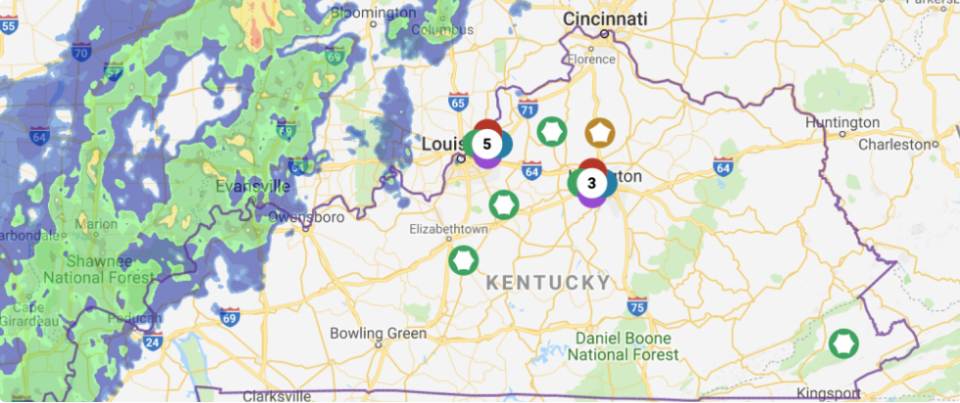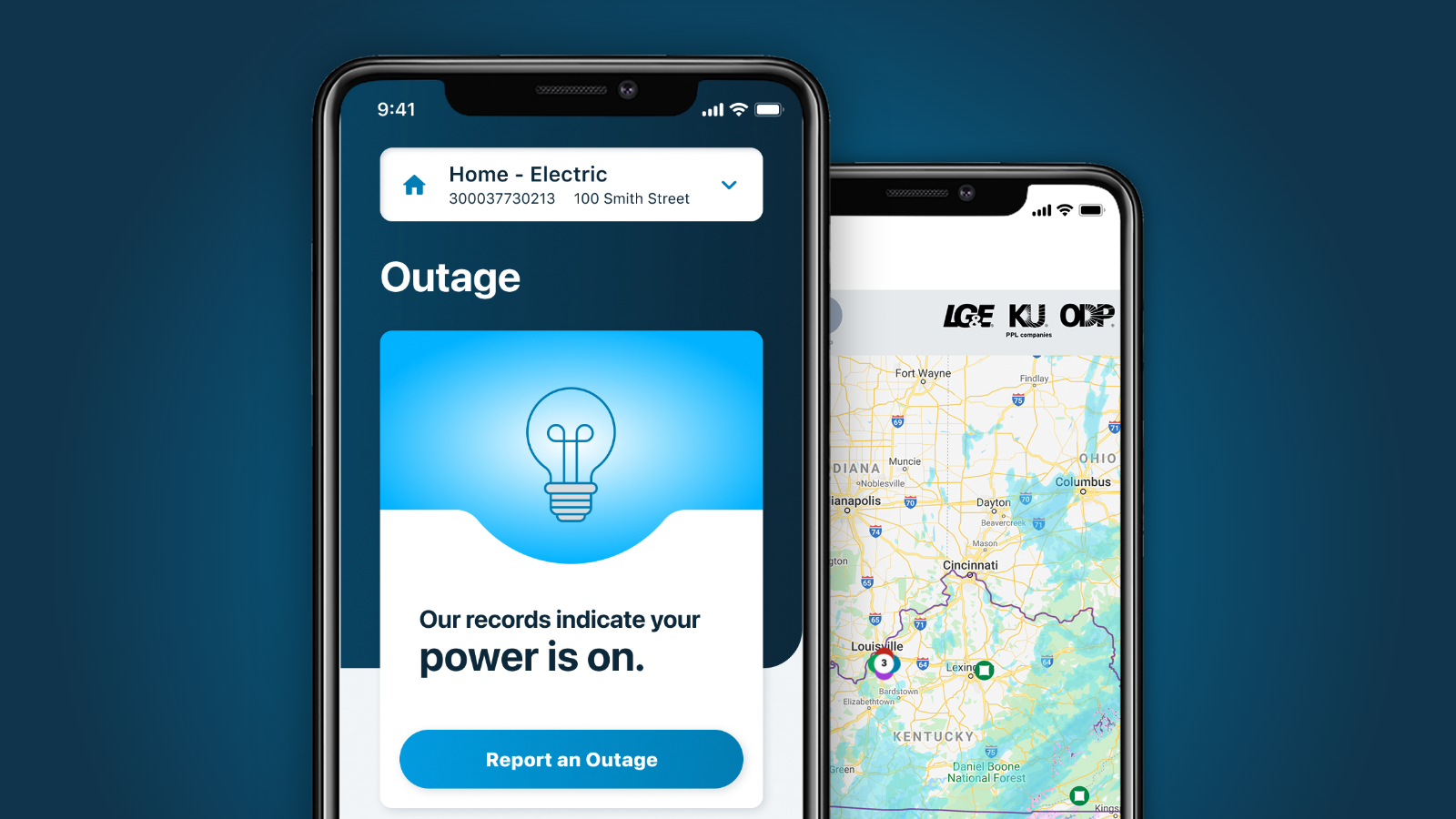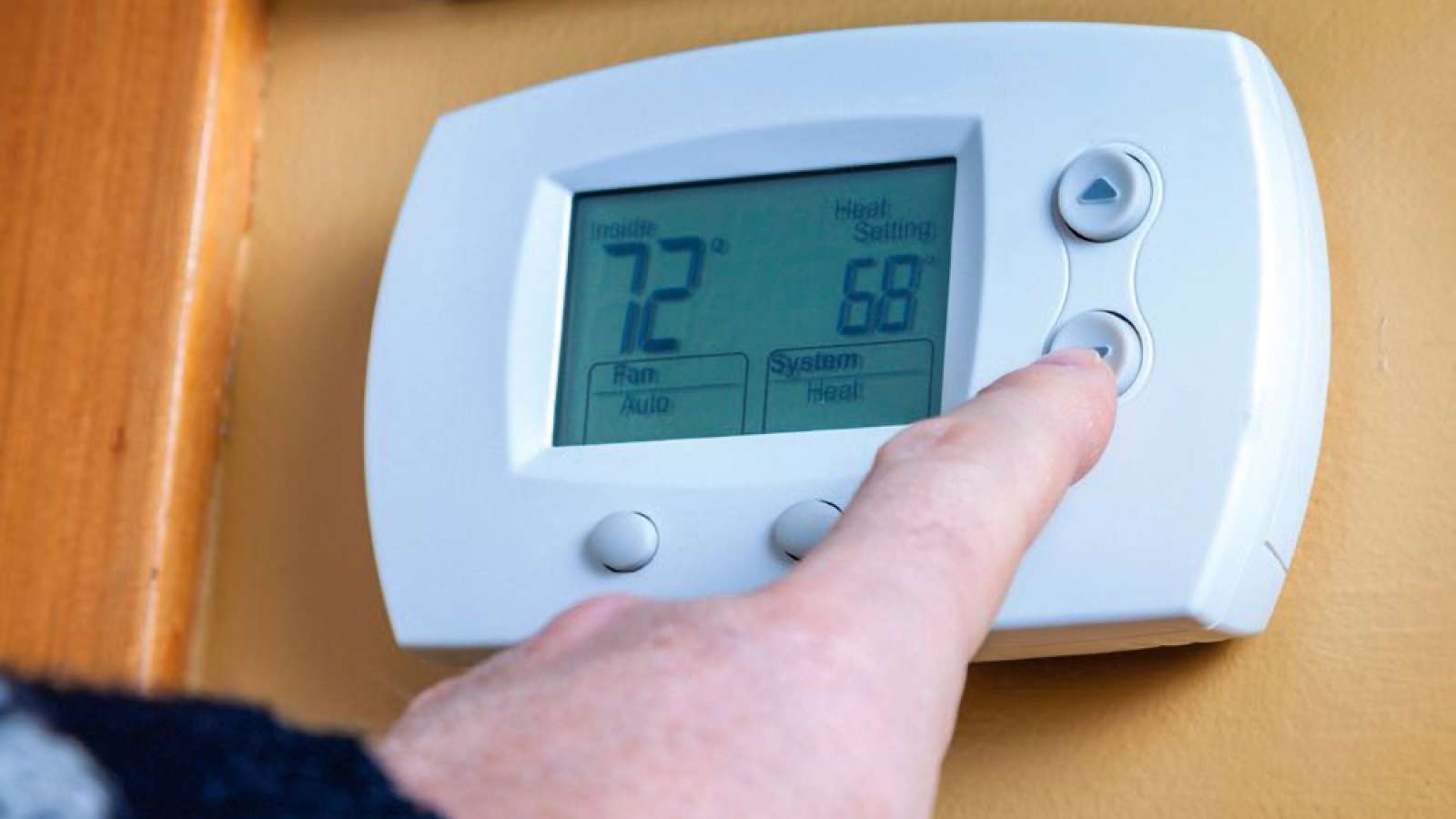As temperatures drop, costs to stay warm this winter using natural gas are on the rise. American households using natural gas will pay anywhere from 20% to 50% more compared to last winter. According to the U.S. Energy Information Administration, factors affecting the forecasted increase for natural gas include flat production, greater demand as the economy recovers, below average national inventory levels and an increase in exports to other countries.

National issue has local impacts
The EIA’s outlook also states that while 2020 saw historically low natural gas prices, this year’s higher natural gas commodity prices mean higher residential prices. That’s because market costs to purchase the fuel are directly passed on to natural gas customers.
As one of the state’s largest utilities, LG&E provides natural gas service to more than 330,000 customers. LG&E does not mark up the price of the natural gas it purchases for customers, but the commodity fluctuations – up or down – are passed through to customers. On the natural gas portion of LG&E customers’ bills, a line item called Gas Supply Component reflects that pass-through. Those costs are recovered on a dollar-for-dollar basis and adjusted quarterly based on customer demand, weather conditions and the market price of natural gas. These adjustments are reviewed and approved by the Kentucky Public Service Commission before taking effect.
Easing customer impacts
Even with firm contracts with natural gas suppliers and LG&E’s underground storage fields that allow the company to buy and store natural gas when costs are lower, customers will see an impact from the commodity price increases. LG&E customers using an average of 6,000 cubic feet (60 Ccf) of natural gas per month can expect to see a year-over-year bill increase of about $22.18, or 33%, when comparing this November to the start of the November 2020 heating season.
Resources and tips
Customer assistance is available through third-party agencies and LG&E’s Community Winterhelp program, a nonprofit organization LG&E supports via dollar-for-dollar match of customer donations. Customers should consider taking steps to weatherize their homes – caulking and weatherstripping can go a long way toward conserving energy and making your home feel more comfortable – and to contact a licensed professional to inspect their HVAC system. Visit lge-ku.com/tips for more resources and tips to help manage energy use and energy bills.


